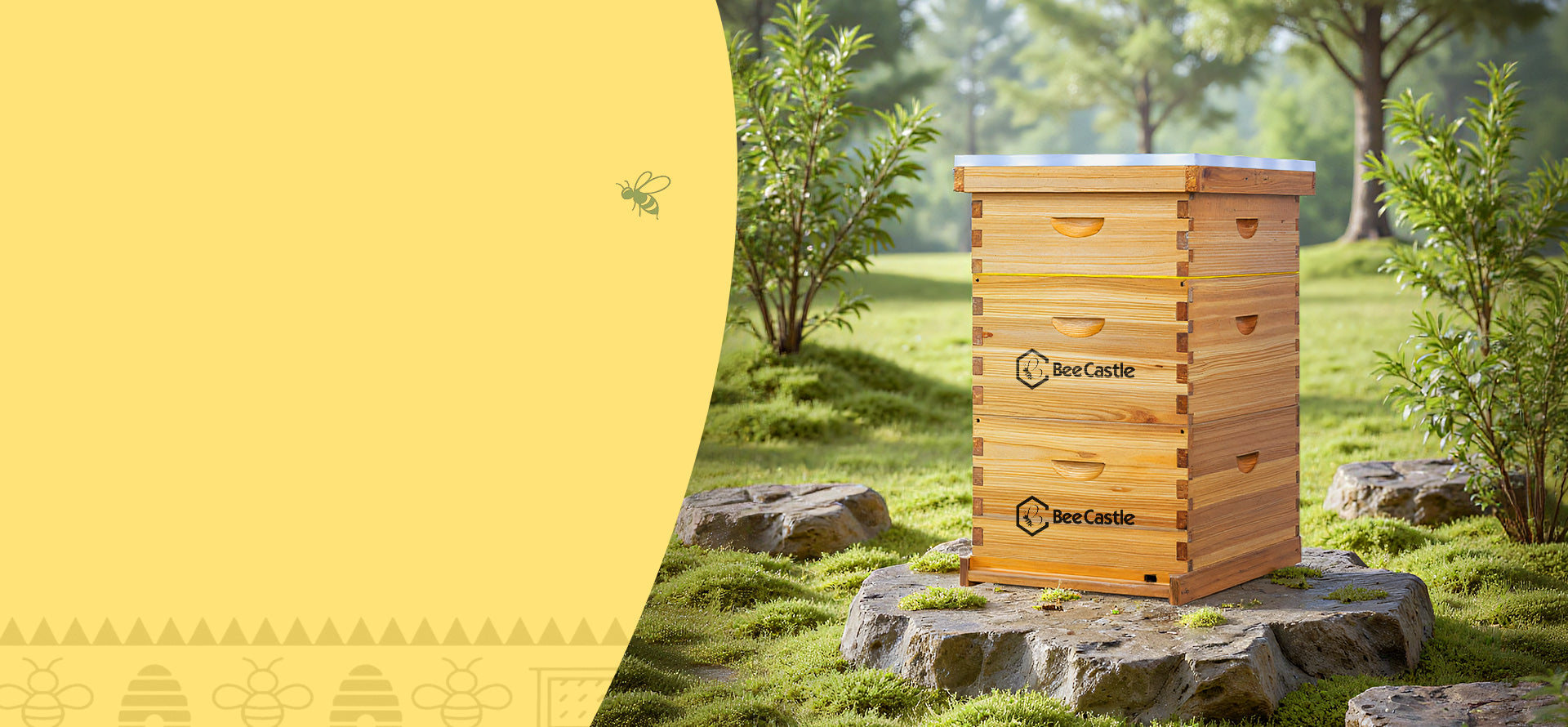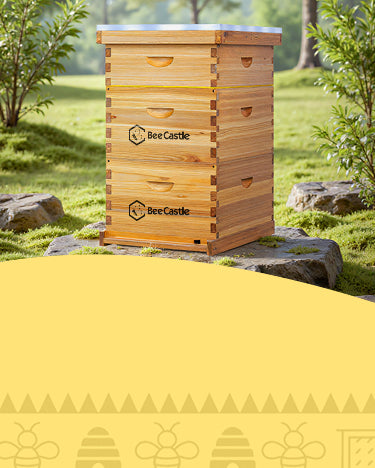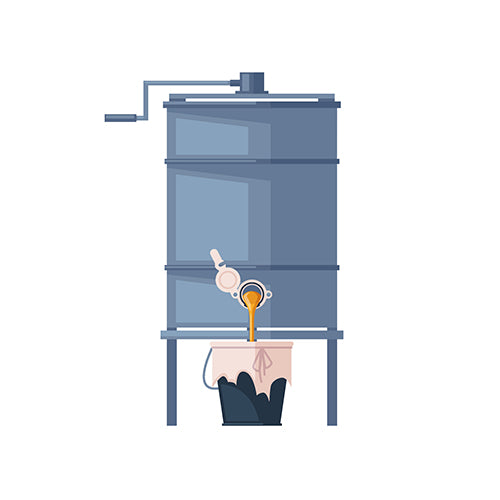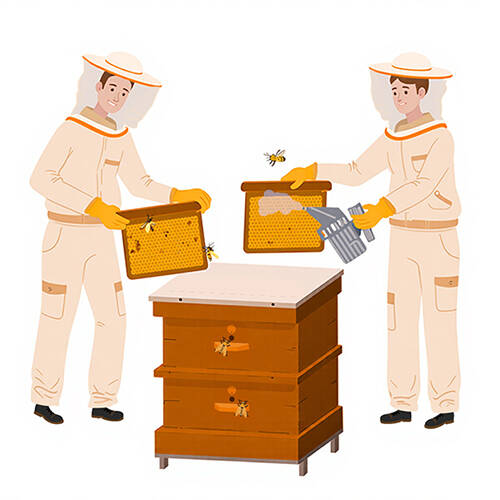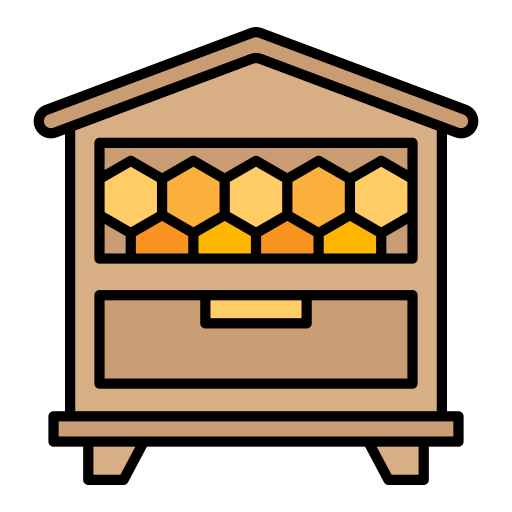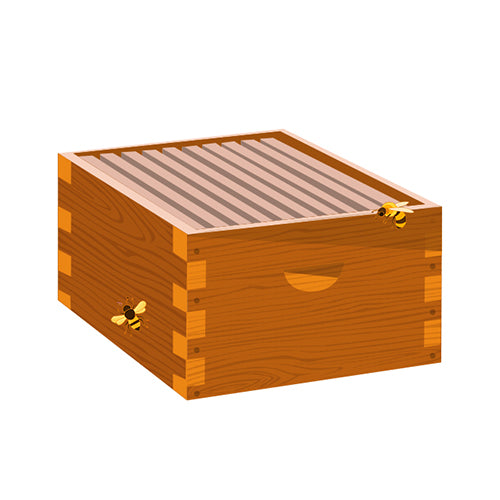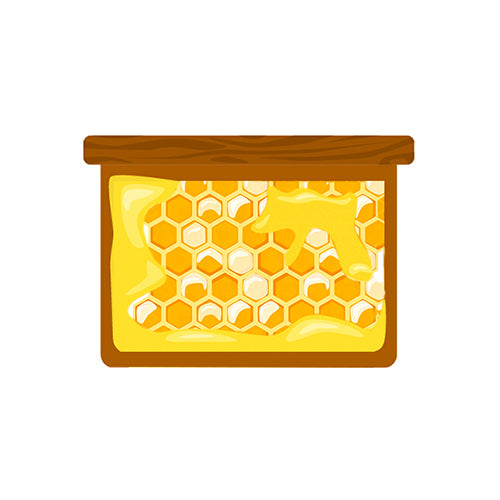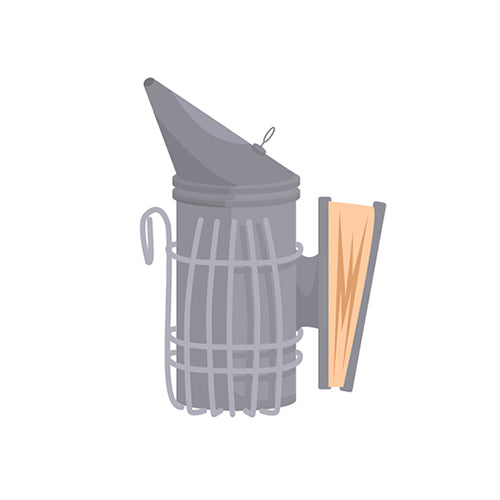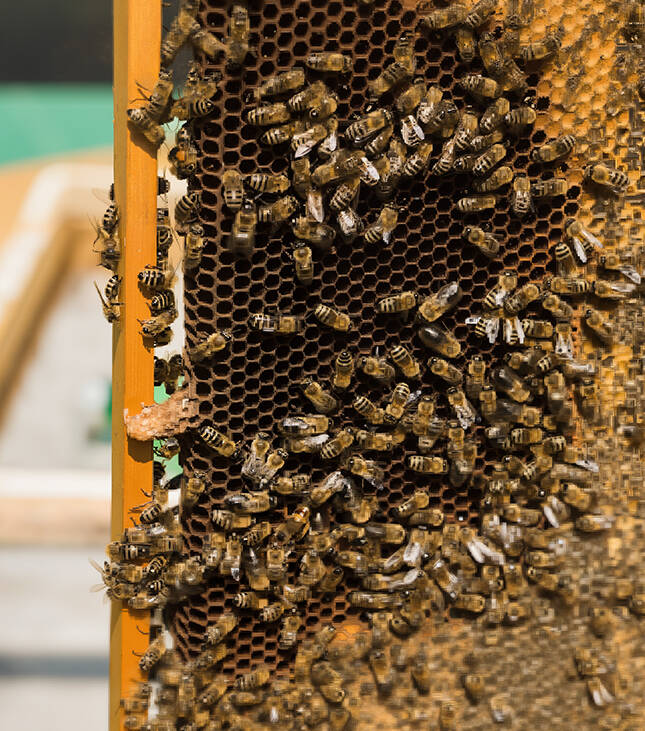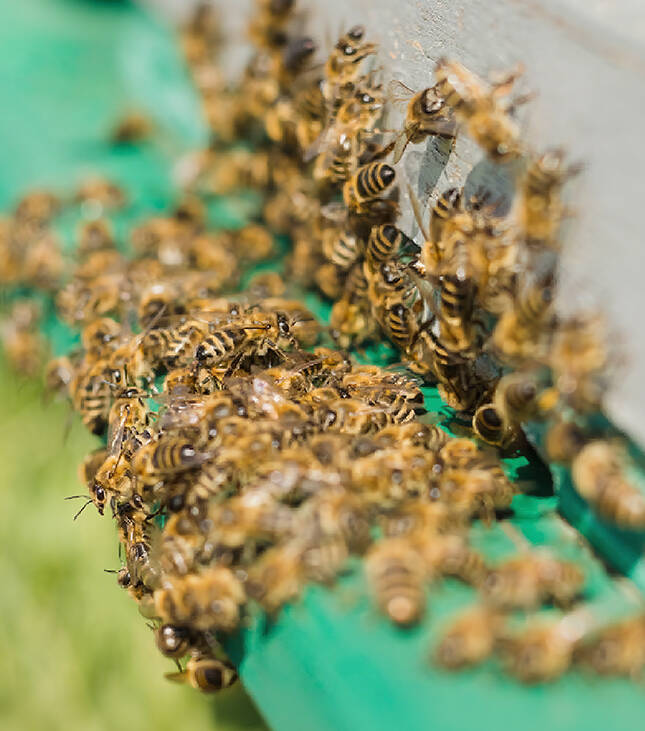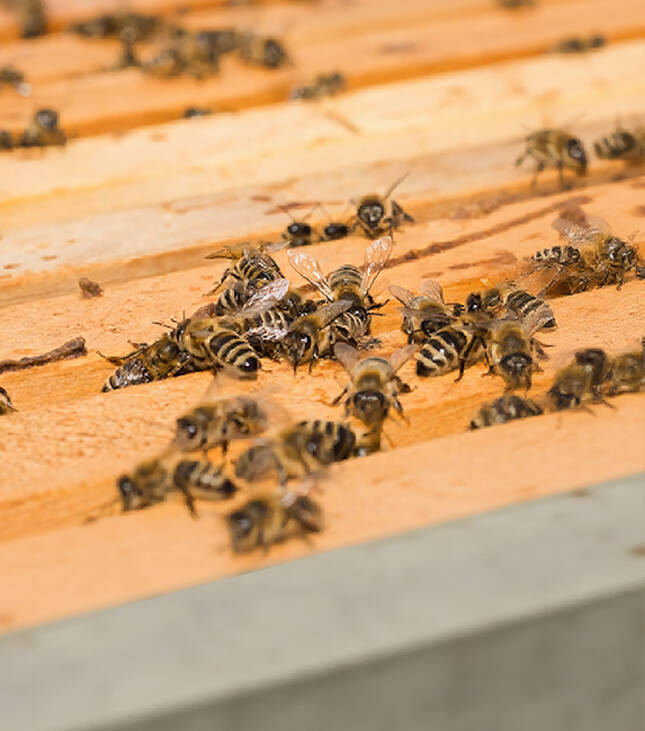Urban and suburban beekeeping is a rewarding hobby that supports local ecosystems and yields delicious honey. But as you plan your first hive, a critical question arises: will my bees bother my neighbors?
The honest answer is: they can, but they absolutely don’t have to.
The vast majority of neighborly bee disputes are preventable. With foresight, good communication, and responsible hive management, your bees can be a beloved community asset rather than a nuisance. In fact, most of the time, your neighbors won't even know they are there. This guide will walk you through the common concerns and the proactive steps you can take to ensure peaceful coexistence.
Understanding Your Neighbor's Perspective: Common Concerns
Empathy is the first step. To your neighbor, who may know very little about honey bees, a new hive next door can seem intimidating. Their concerns usually fall into four categories:
-
The Fear of Stings: This is the number one concern. Neighbors, especially those with children, pets, or bee sting allergies, worry about an increased risk of being stung while gardening or playing in their yard.
-
Swarms: The sight of a massive cloud of bees can be terrifying to the uninitiated. A neighbor won't know this is a natural process of reproduction; they will see it as an aggressive invasion.
-
Bee Droppings (Cleansing Flights): On warm, sunny days after a period of confinement, bees perform "cleansing flights," where they defecate mid-air. This can result in small yellow dots on cars, outdoor furniture, and laundry hanging out to dry.
-
Bees in Unwanted Places: Bees get thirsty. If you don't provide a dedicated water source, you may find them visiting your neighbor's swimming pool, hot tub, birdbath, or pet water bowls.
The Proactive Beekeeper's Playbook: How to Ensure Harmony
Responsible beekeeping is neighborly beekeeping. By addressing the concerns above before they become problems, you can build trust and goodwill.
1. Communication is Everything
Do not surprise your neighbors with a beehive. Talk to them before you get your bees.
-
Educate Gently: Explain why you want to keep bees. Mention the benefits to local gardens and the environment. Reassure them that honey bees are not aggressive wasps; they are gentle when foraging and only sting to defend their home.
-
Listen to Concerns: Ask them if they have any concerns, particularly about allergies. Acknowledge their fears and explain the steps you'll take to be a responsible beekeeper (which are all listed below).
-
Share the Benefits: Promise them the first jar of honey. A sweet gift can go a long way in building a positive relationship.
2. Check Your Local Regulations
Before you buy a single piece of equipment, research your local laws.
-
City Ordinances: Many towns and cities have specific regulations for beekeeping, covering things like the maximum number of hives, required distance from property lines (setbacks), and mandatory water sources.
-
Homeowner's Associations (HOAs): If you are part of an HOA, check their bylaws. Some unfortunately have outdated rules that prohibit beekeeping. It's crucial to get approval first.
3. Strategic Hive Placement is Key
Where you put your hive is perhaps the most critical factor in keeping bees unnoticed.
-
Out of Sight, Out of Mind: If possible, place the hive where it is not in your neighbor's direct line of sight.
-
Create a "Flyway Barrier": This is the most effective trick in urban beekeeping. Place your hive behind a barrier that is at least 6 feet high, such as a solid fence, a garage, or a dense hedge. This forces the bees to fly straight up to clear the barrier, getting them well above head-height before they cross into your neighbor's yard. By the time they descend to forage, they are dispersed and go completely unnoticed.
4. Provide a Dedicated Water Source
Bees need water to cool the hive and dilute honey. If you provide an appealing source, they will ignore your neighbor's pool.
-
Set it Up Early: Establish your water source before the bees arrive so they learn its location immediately.
-
Make it Attractive: A birdbath filled with marbles, stones, or corks makes a perfect bee waterer. The objects give them a safe place to land so they don't drown. A shallow dish with a slow drip also works wonders.
5. Practice Good Hive Management to Prevent Swarms
Swarms are a sign of a healthy, growing colony, but they are preventable. Responsible swarm management is crucial.
-
Regular Inspections: Routinely check your hives for signs of swarm preparation (like the presence of queen cells).
-
Give Them Space: Use the 7/10 rule and add more boxes (supers) before the hive becomes too congested.
-
Split the Hive: If a colony is becoming extremely large and powerful, you can preemptively divide it into two smaller colonies.
Conclusion: Be a Bee Ambassador
Keeping bees in a residential area is a privilege that comes with the responsibility of being a good steward and a thoughtful neighbor. By communicating openly, planning your hive setup carefully, and managing your colonies responsibly, you can transform a potential source of anxiety into a community asset.
Your well-managed hives will not only provide you with honey but will also pollinate your neighbors' flowers and vegetable gardens, making the entire neighborhood a more vibrant and fruitful place.



